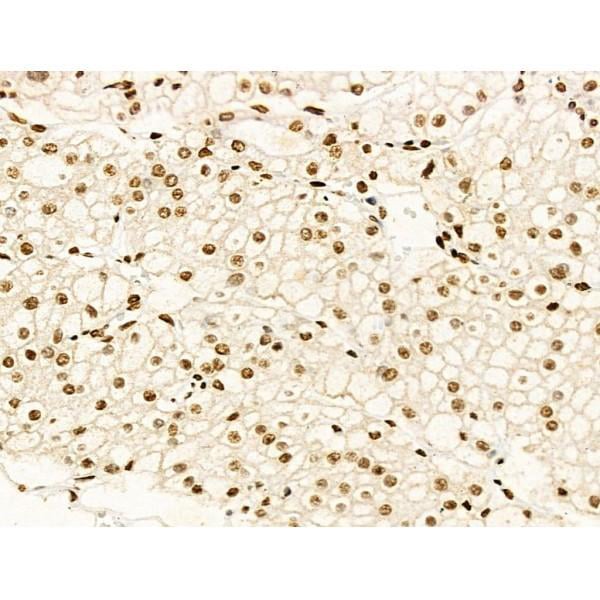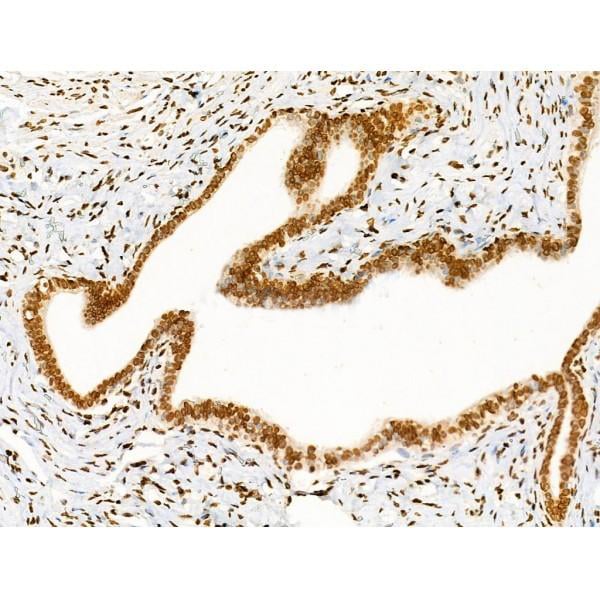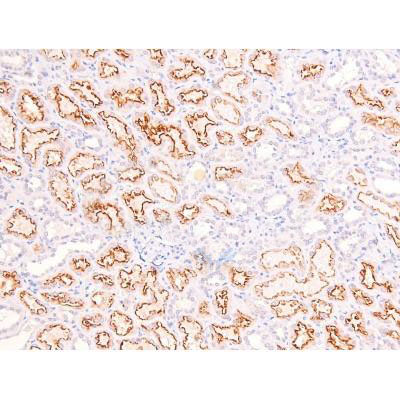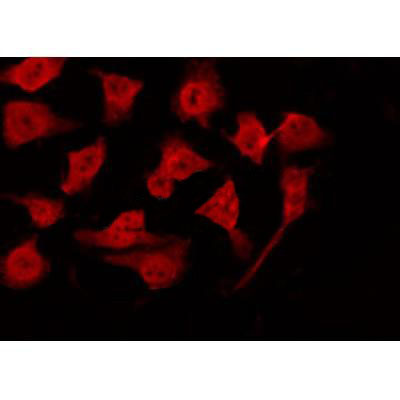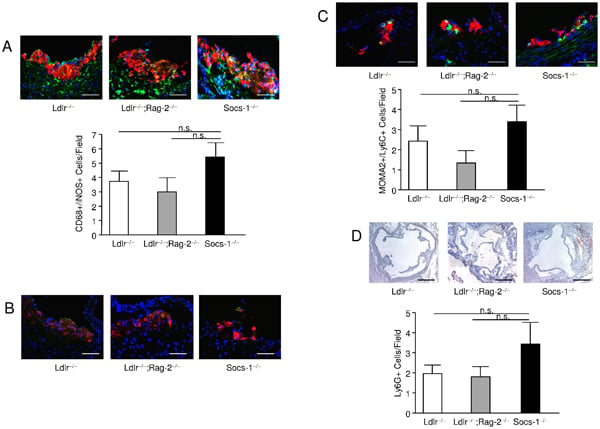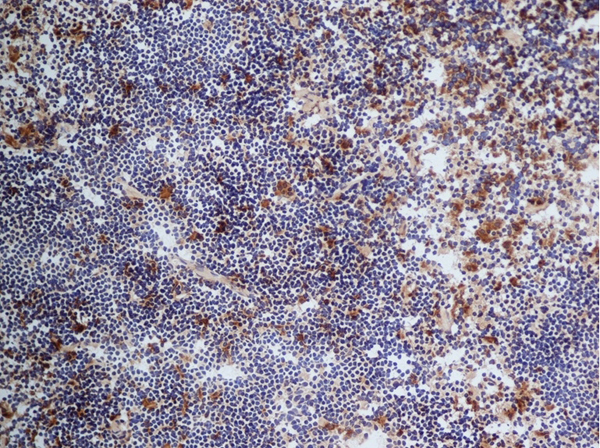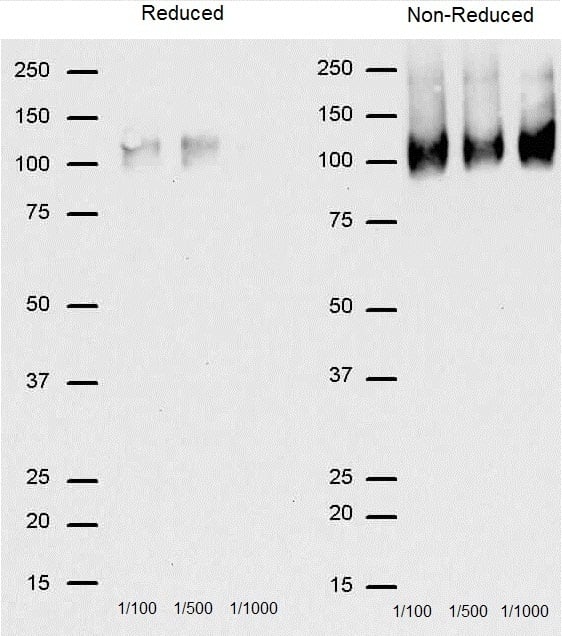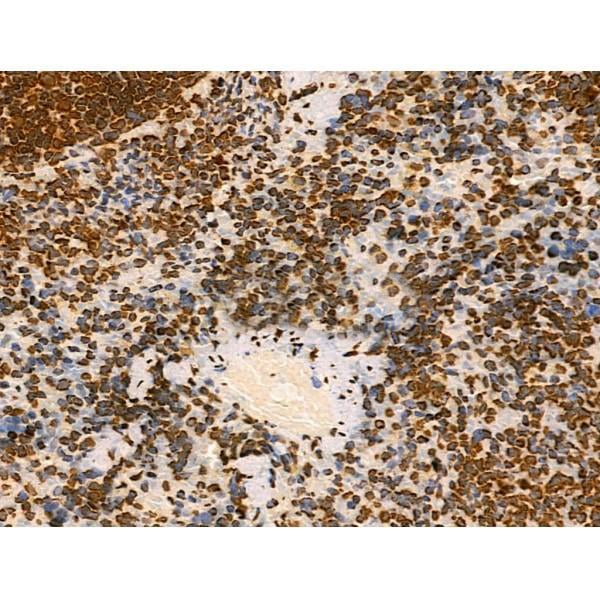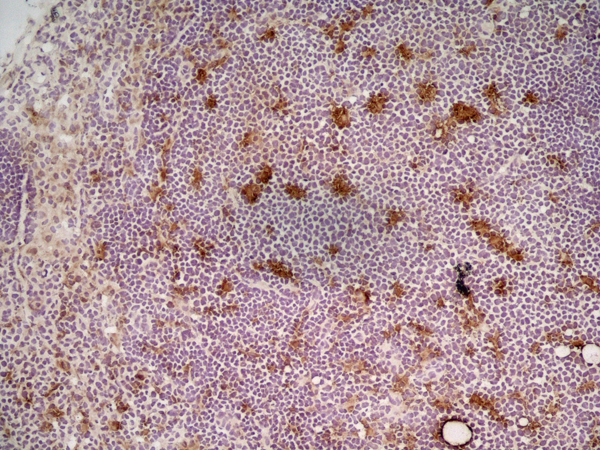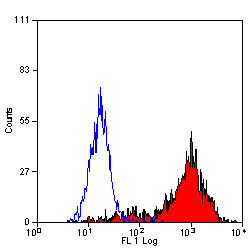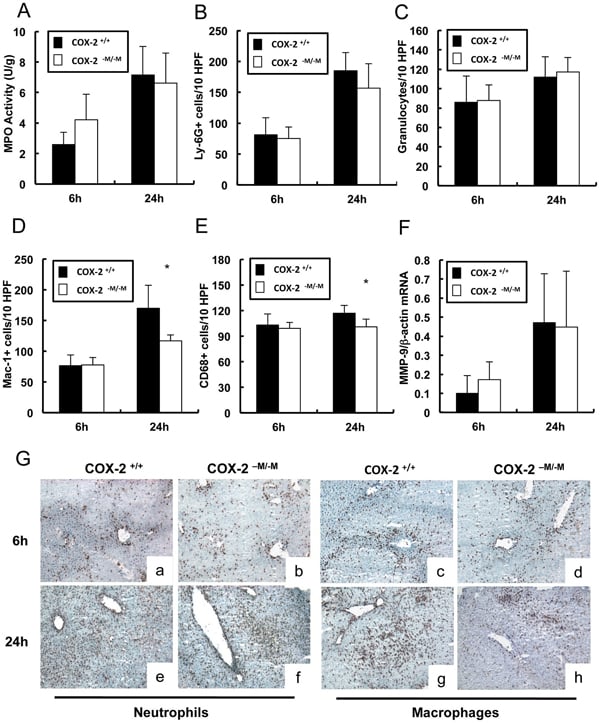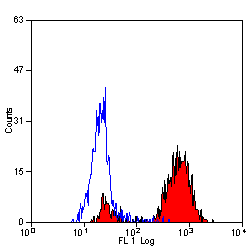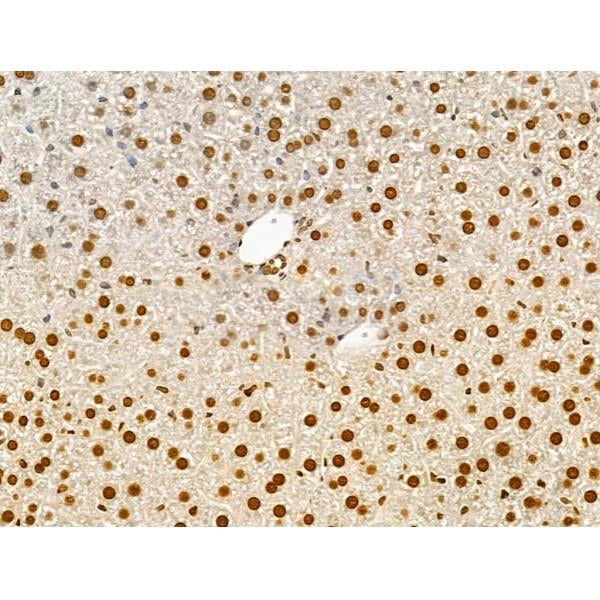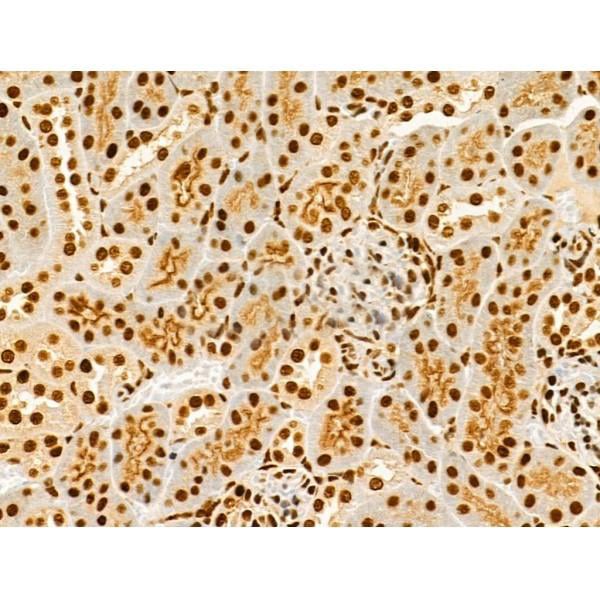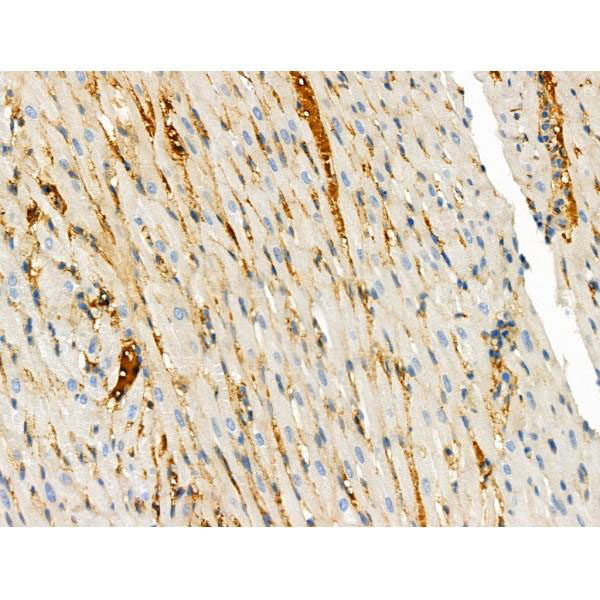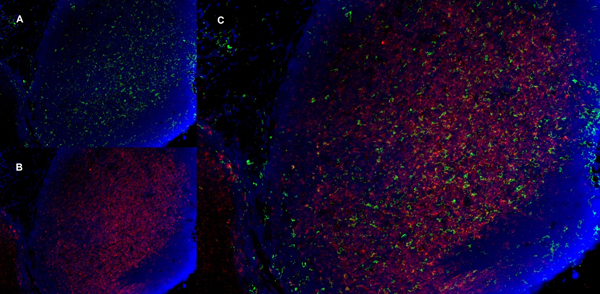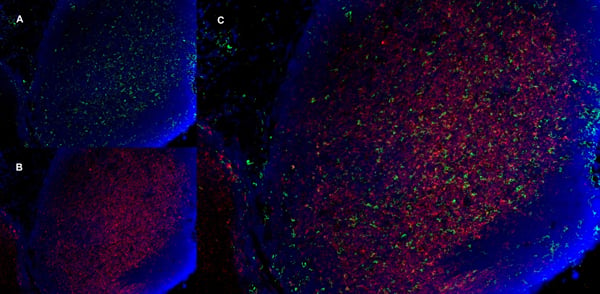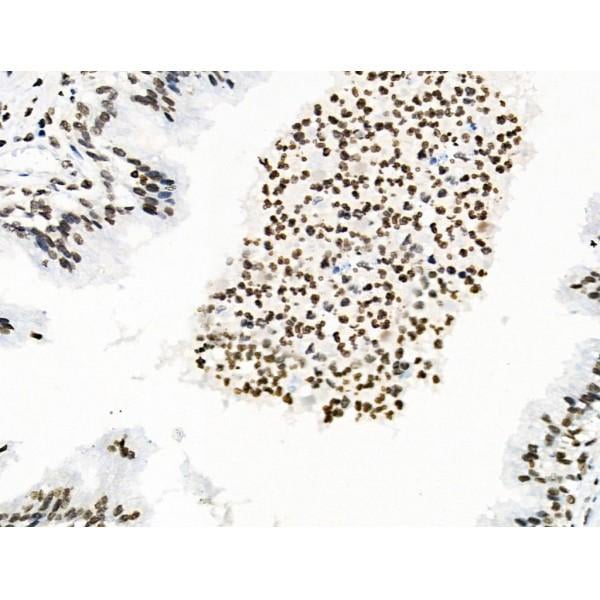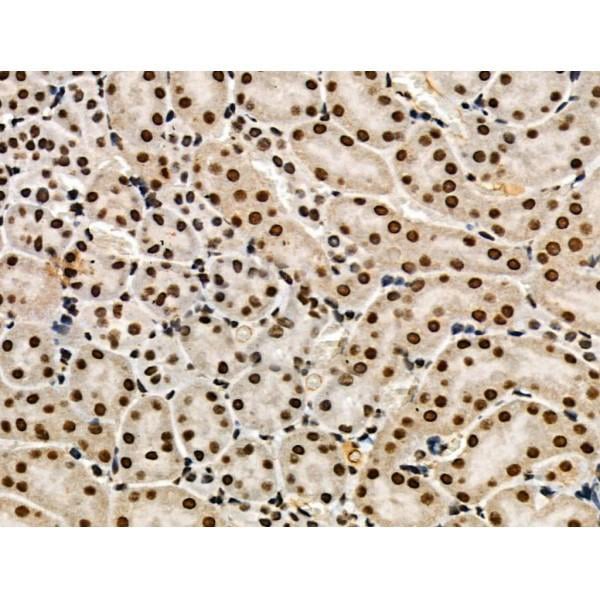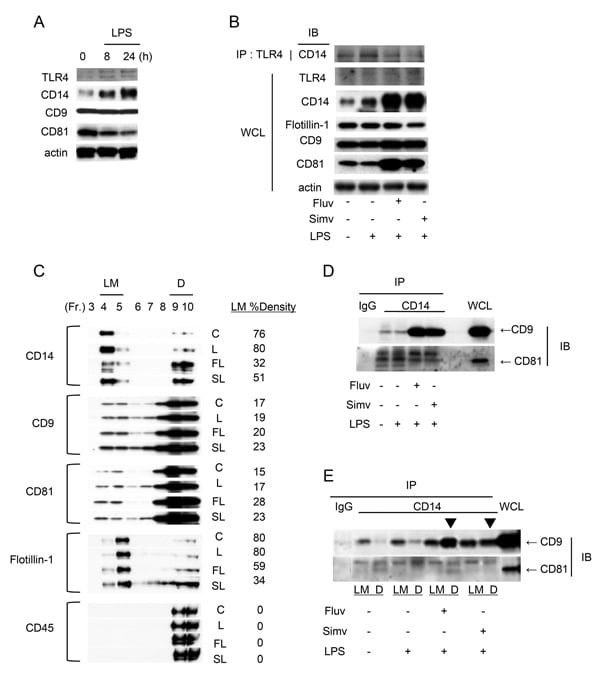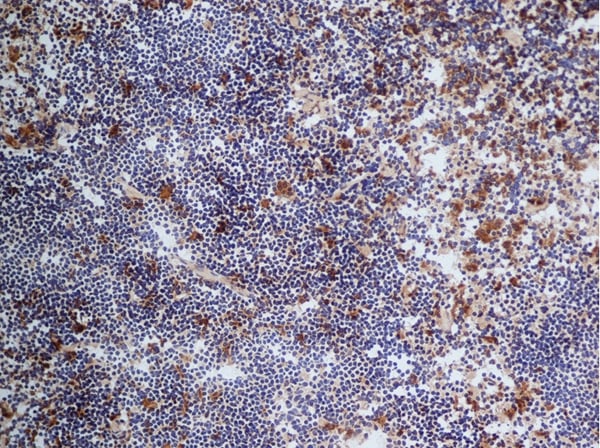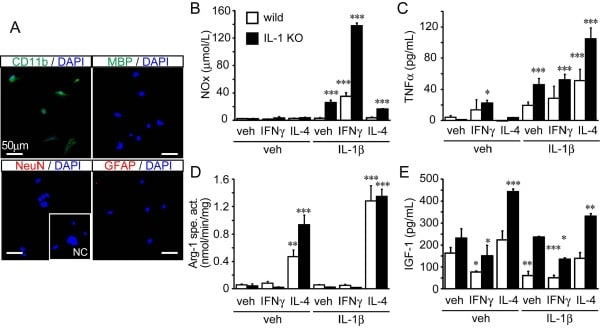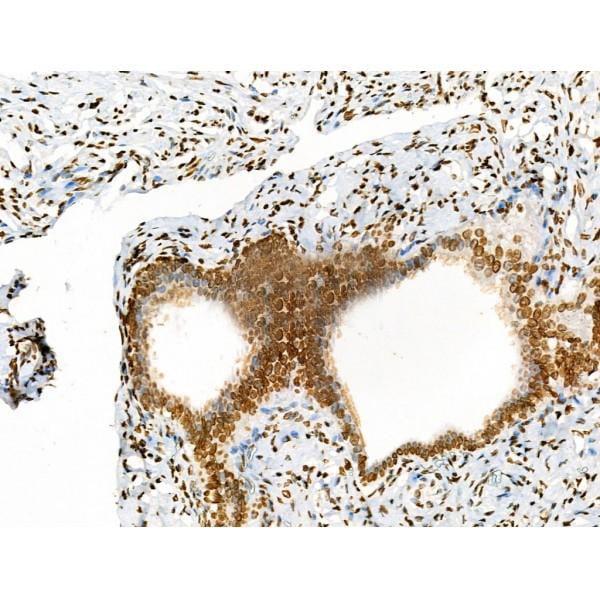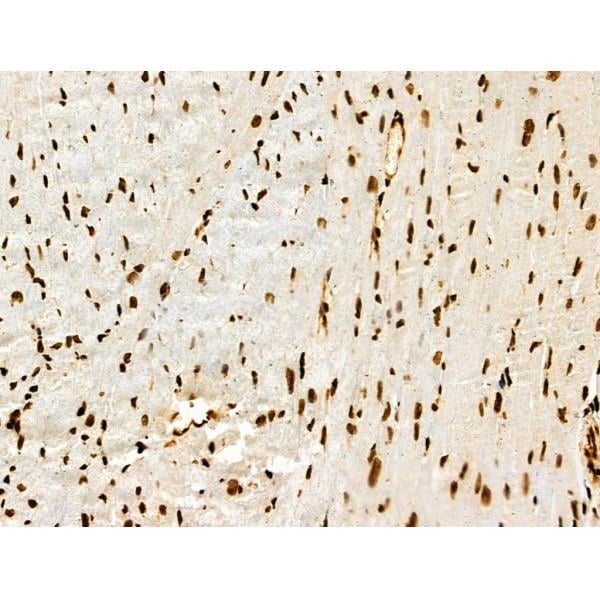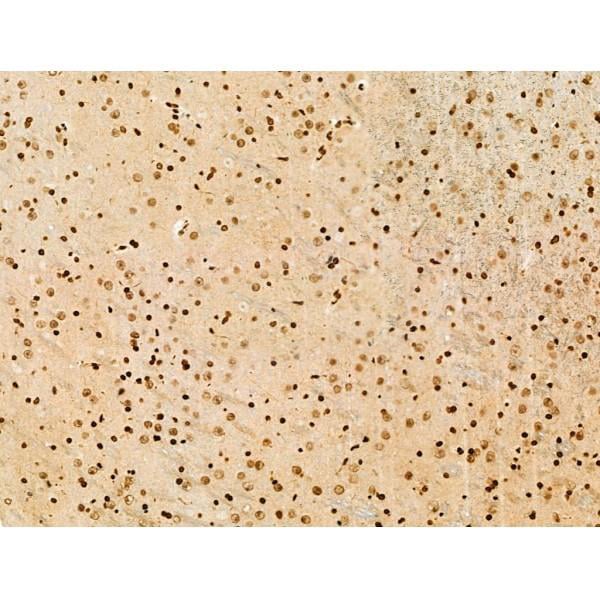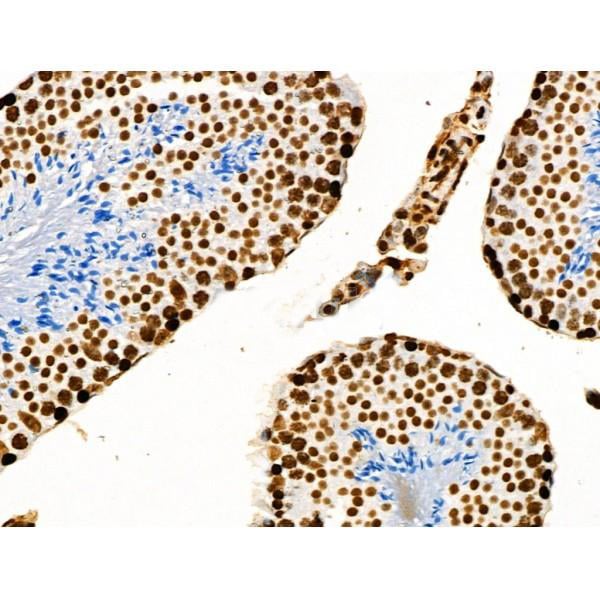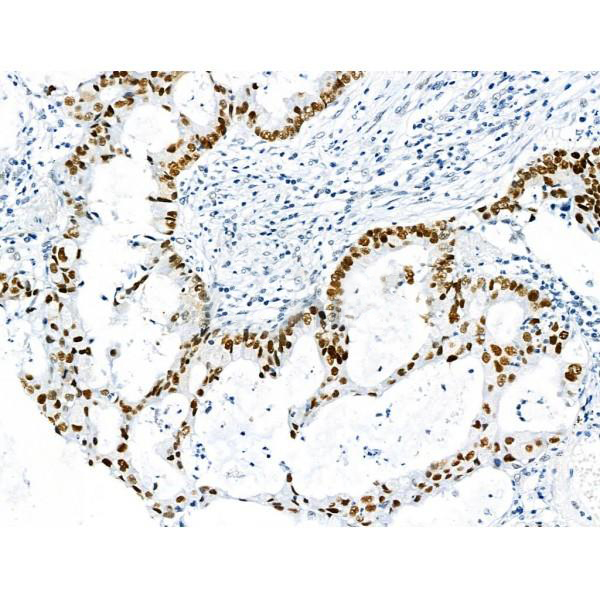Filters
Clonality
Type
Reactivity
Gene Name
Isotype
Host
Application
Clone
2045 results for " Antigen" - showing 2000-2045
CD49d, Monoclonal Antibody (Cat# AAA12002)
Histone H4, Polyclonal Antibody (Cat# AAA31350)
Predicted Reactivity: Chicken (100%), Xenopus (100%)
RhoA, Polyclonal Antibody (Cat# AAA31383)
Predicted Reactivity: Pig (100%), Bovine (100%), Sheep (100%), Dog (100%)
Smad2, Polyclonal Antibody (Cat# AAA31390)
Predicted Reactivity: Zebrafish (89%), Bovine (100%), Horse (100%), Sheep (100%), Rabbit (100%), Dog (100%), Xenopus (89%)
Retinoblastoma, Polyclonal Antibody (Cat# AAA31401)
Predicted Reactivity: Pig (100%), Bovine (100%), Horse (100%), Sheep (100%), Rabbit (100%), Dog (100%), Chicken (92%), Xenopus (92%)
FOXO3A, Polyclonal Antibody (Cat# AAA31313)
Nucleophosmin, Polyclonal Antibody (Cat# AAA31308)
Histone H2A.X, Polyclonal Antibody (Cat# AAA31320)
E-cadherin, Polyclonal Antibody (Cat# AAA31444)
Predicted Reactivity: Pig (100%), Bovine (91%), Horse (91%), Sheep (100%), Rabbit (100%), Dog (100%), Chicken (83%), Xenopus (100%)
CD49d, Monoclonal Antibody (Cat# AAA12003)
CD68, Monoclonal Antibody (Cat# AAA12105)
CD68, Monoclonal Antibody (Cat# AAA12104)
CD68, Monoclonal Antibody (Cat# AAA12108)
Histone H2A, Polyclonal Antibody (Cat# AAA31347)
CD68, Monoclonal Antibody (Cat# AAA12109)
CD68, Monoclonal Antibody (Cat# AAA12102)
CD68, Monoclonal Antibody (Cat# AAA12106)
CD68, Monoclonal Antibody (Cat# AAA12103)
CD68, Monoclonal Antibody (Cat# AAA12107)
Purified IgG - liquid
AKT1, Polyclonal Antibody (Cat# AAA31364)
Predicted Reactivity: Pig (91%), Bovine (82%), Horse (100%), Dog (100%), Chicken (100%)
CD11b, Monoclonal Antibody (Cat# AAA12184)
CD81, Monoclonal Antibody (Cat# AAA11941)
Rac1/cdc42, Polyclonal Antibody (Cat# AAA31342)
Predicted Reactivity: Pig (100%), Bovine (100%), Sheep (100%), Dog (100%), Xenopus (100%)
EGFR, Polyclonal Antibody (Cat# AAA31399)
Predicted Reactivity: Pig (100%), Bovine (100%), Sheep (100%), Rabbit (100%)
SIRT2, Polyclonal Antibody (Cat# AAA31286)
KAT3B/p300, Polyclonal Antibody (Cat# AAA31393)
Predicted Reactivity: Pig (100%), Bovine (100%), Horse (100%), Sheep (100%), Rabbit (100%), Chicken (100%), Xenopus (100%)
CD11b, Monoclonal Antibody (Cat# AAA12181)
CD11b, Monoclonal Antibody (Cat# AAA12231)
CD227/MUC1, Polyclonal Antibody (Cat# AAA31426)
POLR2A, Polyclonal Antibody (Cat# AAA31440)
Predicted Reactivity: Pig (100%), Zebrafish (100%), Bovine (100%), Horse (100%), Sheep (100%), Dog (100%), Xenopus (100%)
CD81, Monoclonal Antibody (Cat# AAA12097)
CD68, Monoclonal Antibody (Cat# AAA12110)
CD11b, Monoclonal Antibody (Cat# AAA12185)
Histone H3, Polyclonal Antibody (Cat# AAA31322)
CD11b, Monoclonal Antibody (Cat# AAA12183)
CD11b, Monoclonal Antibody (Cat# AAA12182)
CD11b, Monoclonal Antibody (Cat# AAA12186)
Histone H3, Polyclonal Antibody (Cat# AAA31345)
Predicted Reactivity: Bovine (100%)
Histone H3, Polyclonal Antibody (Cat# AAA31356)
Predicted Reactivity: Bovine (100%)
CD163, Monoclonal Antibody (Cat# AAA12100)
HSF1, Polyclonal Antibody (Cat# AAA31391)
p53, Polyclonal Antibody (Cat# AAA31355)
Predicted Reactivity: Rabbit (90%), Dog (100%)
p53, Polyclonal Antibody (Cat# AAA31354)
Predicted Reactivity: Pig (91%), Sheep (80%), Rabbit (91%), Dog (91%)
p53, Polyclonal Antibody (Cat# AAA31377)
Predicted Reactivity: Pig (91%), Sheep (80%), Rabbit (91%), Dog (91%)
p53, Polyclonal Antibody (Cat# AAA31429)
Predicted Reactivity: Pig (88%), Bovine (88%), Sheep (88%), Rabbit (88%)









